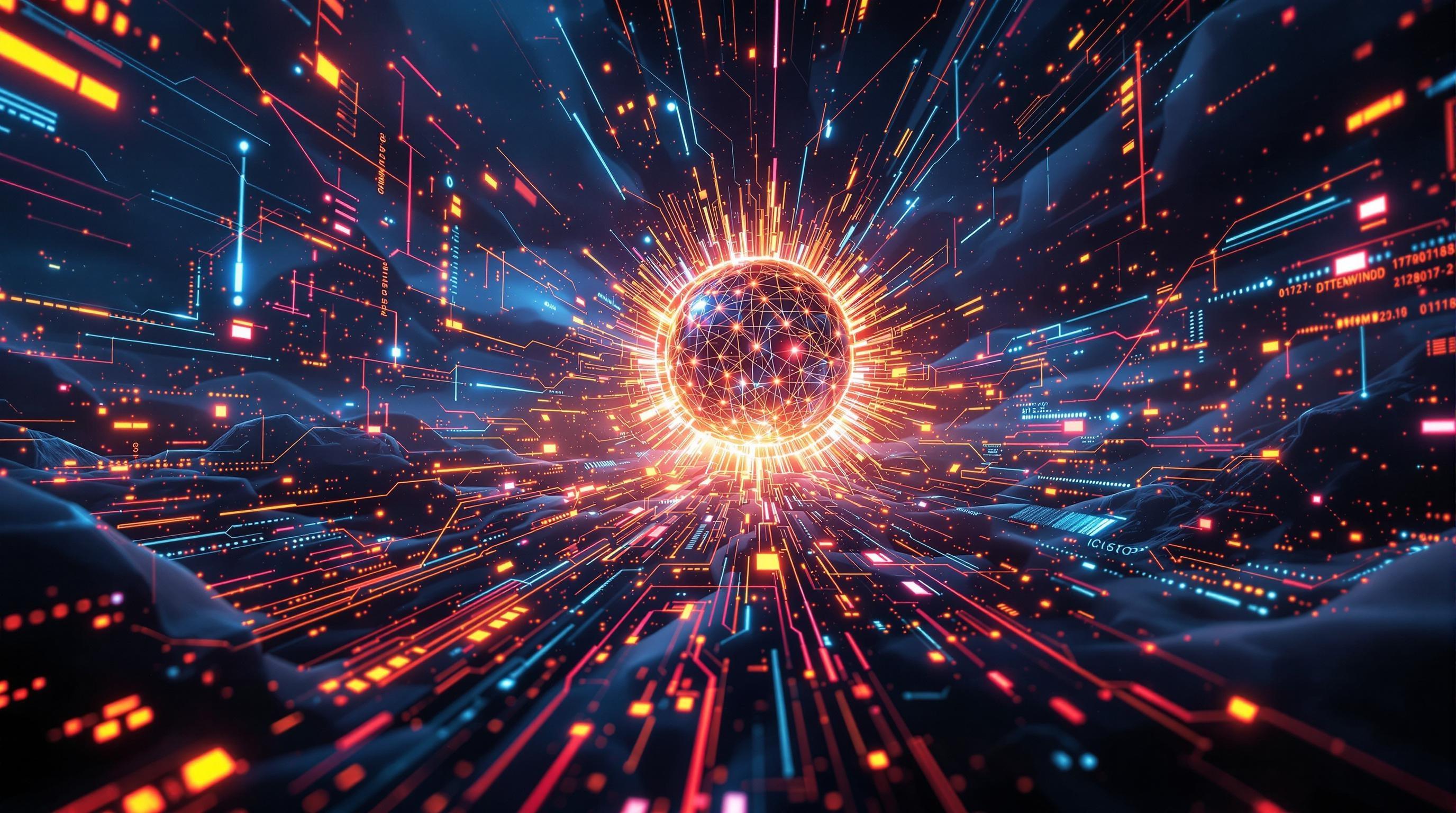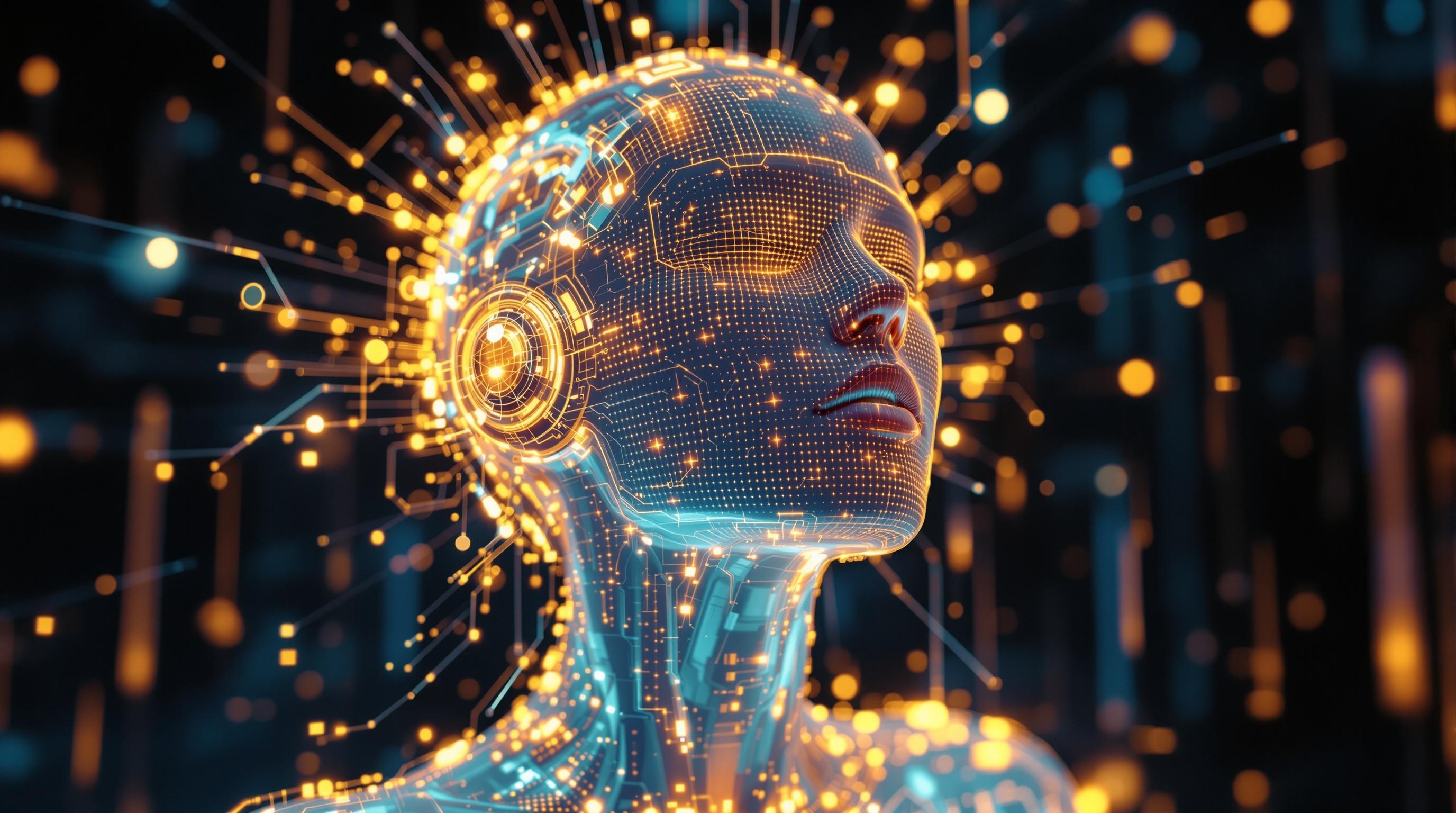The Gentle Singularity: How AI is Quietly Transforming the World
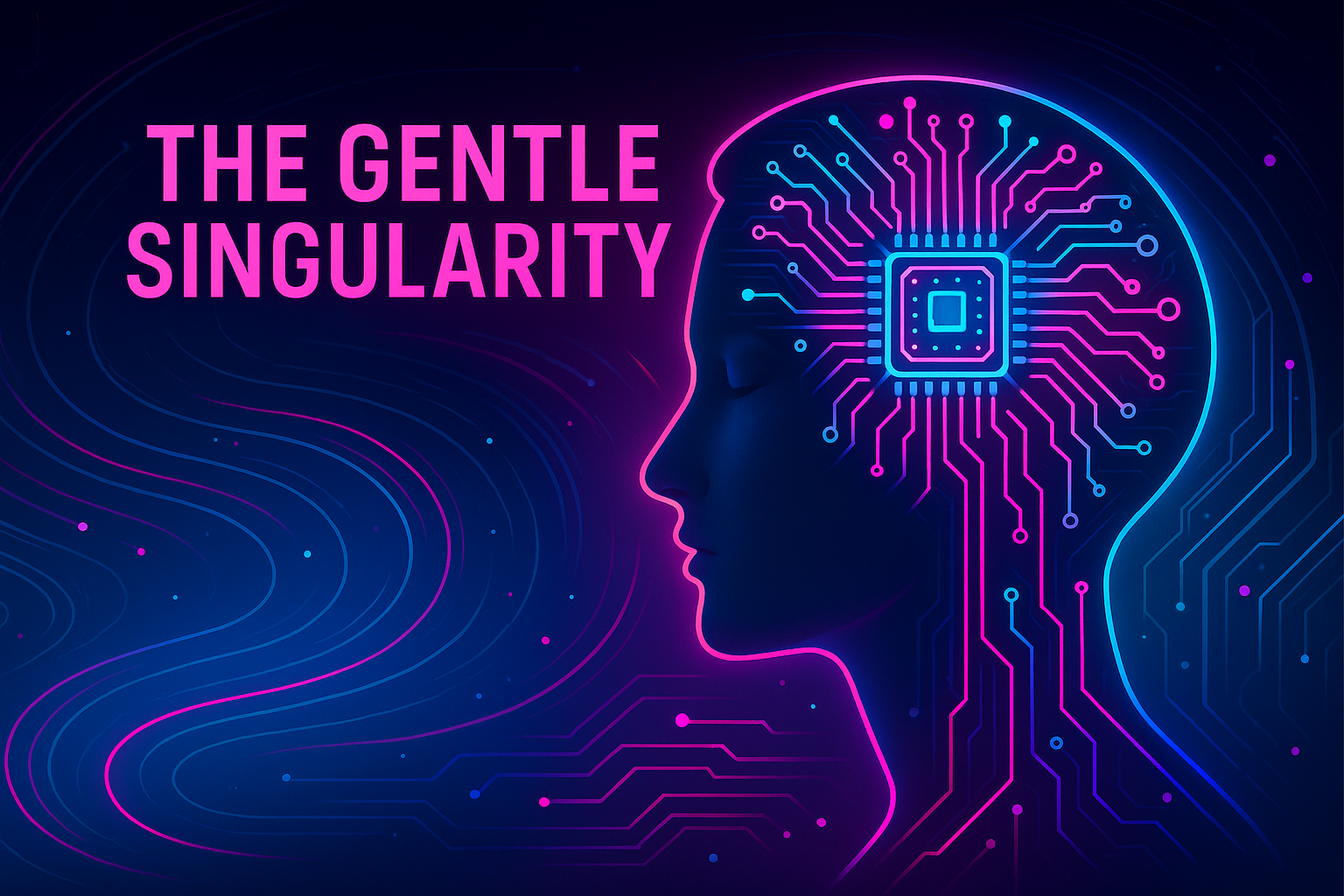
The Gentle Singularity: AI's Quiet Revolution is Here
The future isn't some far-off fantasy; it's unfolding right now, subtly but powerfully, in what we're calling the Gentle Singularity. This isn't about robots rising up, but rather a more nuanced and integrated transformation driven by artificial intelligence. Let's explore how this quiet revolution is already upon us.
The AI Takeoff Has Started
For years, AI felt like a promise perpetually on the horizon. Now, the engines are roaring. We're past the theoretical stage and deep into practical applications. From enhancing medical diagnoses to optimizing supply chains, AI is demonstrating its ability to solve complex problems and create tangible value. The proliferation of AI-powered tools in everyday life, like Grammarly, which helps refine writing, or Canva Magic Studio, streamlining design tasks, underscores this shift.
Digital Superintelligence is Closer Than We Think
While the term "superintelligence" often conjures images of sentient machines surpassing human intellect, the reality might be less dramatic, yet equally profound. We're not necessarily talking about a single, all-knowing entity, but rather a network of specialized AI systems, each excelling in its domain and collectively capable of feats previously unimaginable. Think of it as a hive mind, constantly learning, adapting, and pushing the boundaries of what's possible. Tools such as Google Gemini and ChatGPT are just early glimpses of this potential, showcasing impressive natural language processing and problem-solving skills.
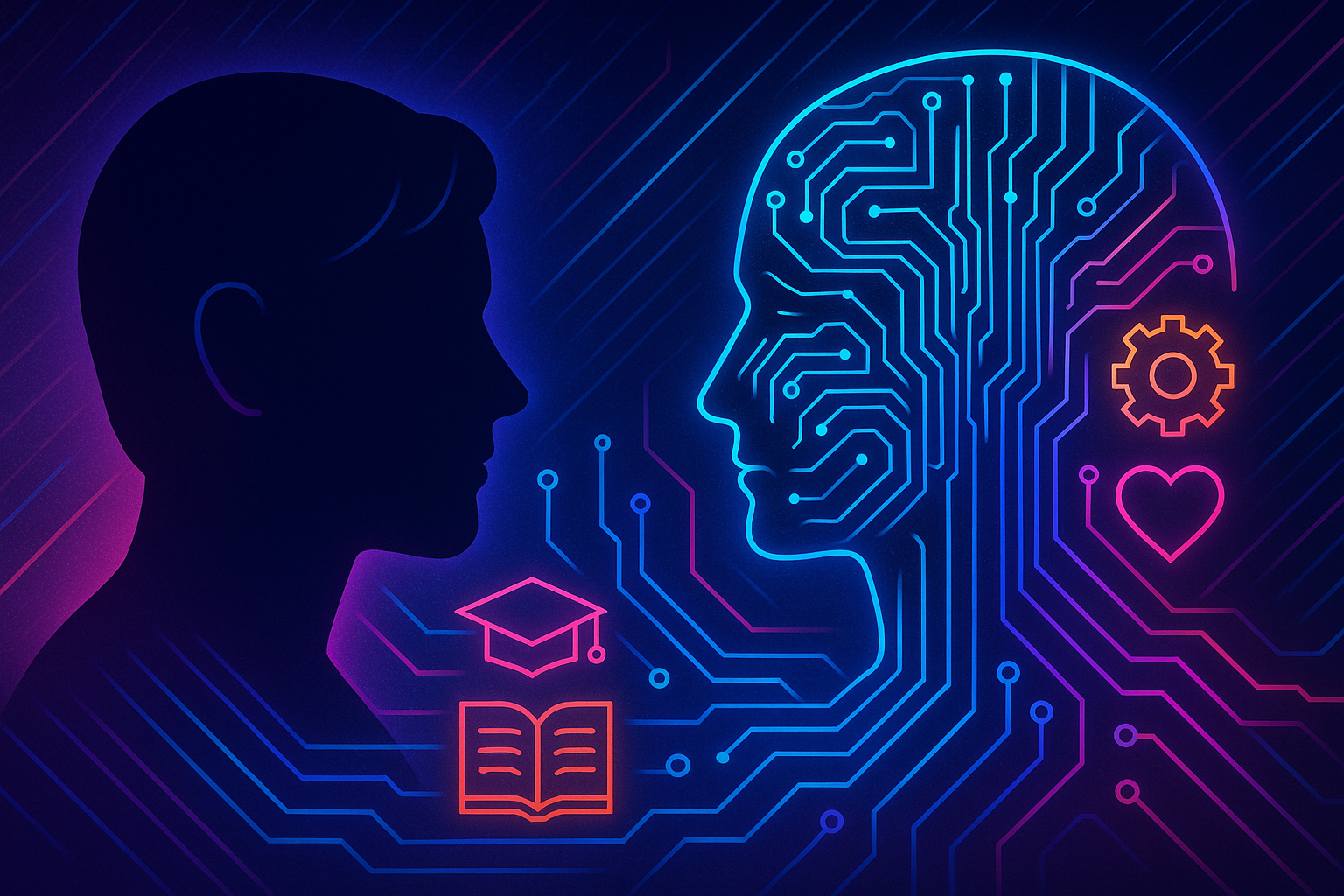
AI is Less Weird Than Expected
Science fiction often paints AI as an alien intelligence, unpredictable and potentially hostile. However, the AI we're developing is, in many ways, a reflection of ourselves. It learns from human data, mimics human reasoning, and ultimately serves human purposes. This doesn't mean AI is without risks, but it does suggest that we have more control over its development and deployment than we might think. By focusing on ethical guidelines and responsible innovation, we can ensure that AI remains a tool for good, augmenting our capabilities and enriching our lives. Consider the use of AI in education, as explored in AI News, where AI is being implemented to create personalized learning experiences and provide students with tailored support.
Initial Progress Indicates Significant Further Advancements
Remember when smartphones first appeared? They were clunky, expensive, and didn't do much beyond making calls and sending basic texts. Now, they're indispensable tools that have revolutionized communication, commerce, and countless other aspects of our lives. Similarly, the current generation of AI systems, such as GPT-4 (and its successors), are just the beginning. As AI research continues to accelerate, we can expect even more powerful and versatile systems to emerge, capable of tackling increasingly complex challenges. The pace of innovation is breathtaking, with new breakthroughs happening every day, as highlighted in our AI News section.
Digital Superintelligence is Here
Digital superintelligence is not a future event, but a present reality. The cumulative effect of AI algorithms enhances and accelerates problem-solving in every industry. For instance, tools like Salesforce Platform leverage AI to predict customer behavior, automate tasks, and personalize interactions, leading to increased efficiency and revenue. Similarly, in healthcare, AI algorithms are analyzing medical images with greater accuracy and speed than human doctors, enabling earlier detection and treatment of diseases. These are not isolated examples, but rather part of a broader trend that is reshaping our world in profound ways. This wave is here. Let's embrace it thoughtfully.
The Gentle Singularity is not about a sudden, disruptive upheaval, but rather a gradual and pervasive transformation. AI is quietly weaving itself into the fabric of our lives, enhancing our capabilities, and opening up new possibilities. The key to navigating this new era is to embrace innovation responsibly, fostering a future where AI empowers humanity and creates a better world for all.
The Enormous Potential of AI: Driving Scientific Breakthroughs and Productivity
Imagine a world where scientific breakthroughs happen not in decades, but in years, months, or even weeks – that's the transformative potential of AI we're beginning to witness. AI isn't just automating tasks; it's acting as a powerful amplifier of human intellect, driving scientific progress at an unprecedented rate and boosting productivity across countless sectors.
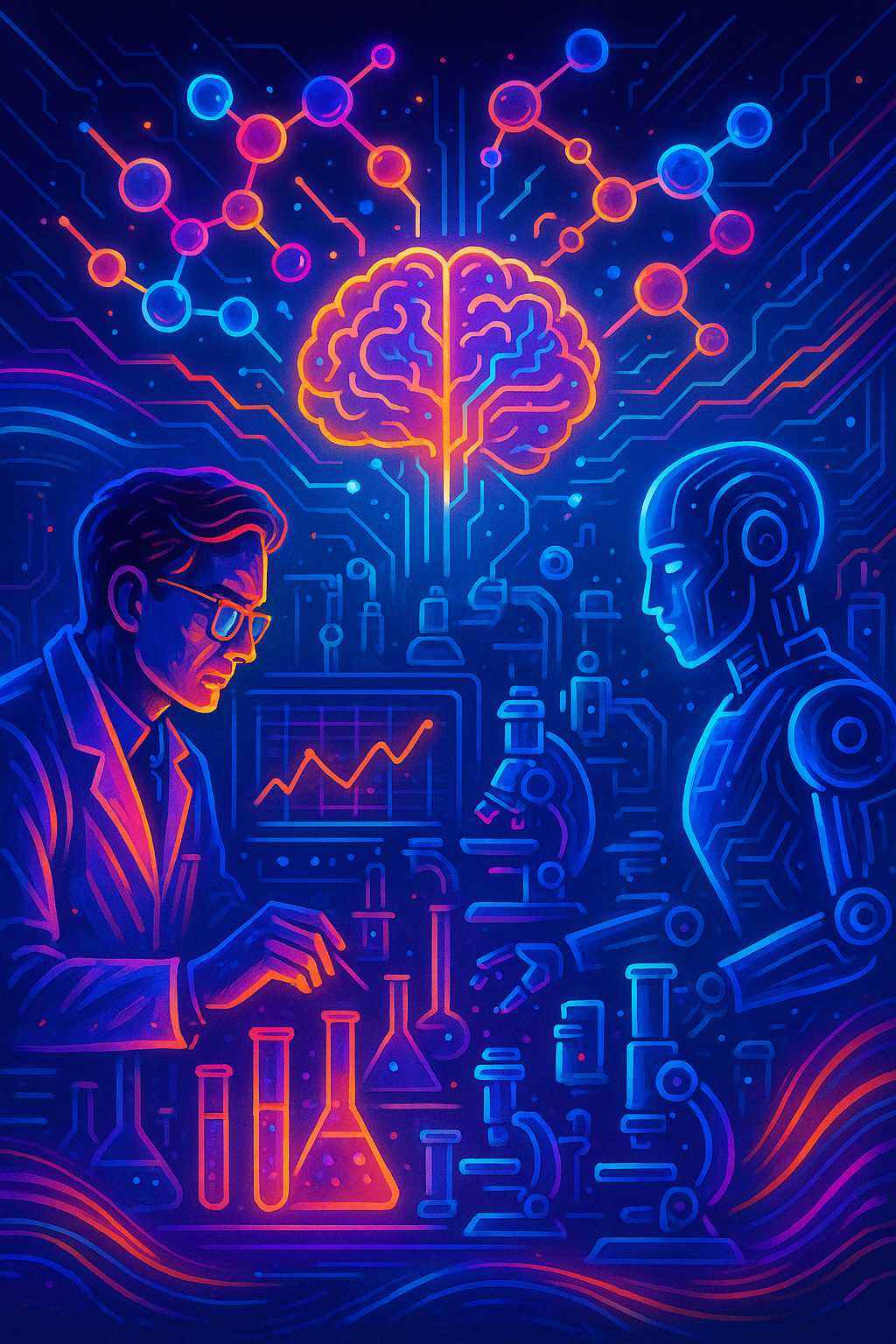
AI: The Amplifier of Human Output
AI's true potential lies in its ability to augment human capabilities. Think of it as a super-powered research assistant that never sleeps, tirelessly sifting through massive datasets, identifying patterns, and generating hypotheses that would take humans years to uncover. This is evident in fields ranging from medicine to materials science. AI algorithms can analyze complex genomic data to identify potential drug targets or simulate the properties of novel materials, accelerating the discovery process exponentially. For instance, tools like DeepMind AlphaFold, which predicts protein structures with remarkable accuracy, are revolutionizing drug discovery and our understanding of fundamental biology.
Accelerated Research: AI tools can analyze data and formulate hypotheses much faster than traditional methods.
Improved Accuracy: Machine learning models can identify subtle patterns and anomalies in data that humans might miss.
Novel Insights: AI can help researchers uncover new relationships and connections between different areas of study.
A Better Quality of Life Through Progress
The increase in productivity and scientific advancements aren't abstract concepts – they translate directly into an improved quality of life for everyone. AI-driven medical diagnostics can lead to earlier and more accurate diagnoses, increasing the chances of successful treatment. AI-optimized agricultural practices can enhance crop yields and reduce resource consumption, ensuring food security for a growing population. Even in our daily lives, AI-powered personal assistants and smart devices are streamlining tasks and freeing up our time for more meaningful pursuits.
The beauty of AI is that it's not just about making things faster or more efficient; it's about unlocking new possibilities and improving the human experience.
Scientific Progress as the Engine of Overall Advancement
Throughout history, scientific progress has been the primary engine of societal advancement. From the invention of the printing press to the development of the internet, each major scientific breakthrough has triggered a cascade of innovation, transforming industries, economies, and cultures. AI is poised to be the next major catalyst, accelerating progress across all domains of human endeavor. As we continue to refine and develop AI technologies, we can expect to see even more dramatic breakthroughs in the years to come.
ChatGPT's Pervasive Impact
The impact of AI is already being felt by hundreds of millions of users worldwide. Consider ChatGPT, a large language model that has rapidly gained popularity for its ability to generate human-quality text, translate languages, and answer questions in an informative way. It has become an indispensable tool for writers, students, and professionals across various industries. Its applications are diverse, ranging from drafting marketing copy to summarizing complex legal documents.
The Power of GPT-4
While ChatGPT has already revolutionized many aspects of our lives, models like GPT-4 represent an even more significant leap forward. With its increased capacity and improved reasoning abilities, GPT-4 is more powerful than any single human in its ability to process and synthesize information. It can quickly learn new skills, adapt to different tasks, and generate creative solutions to complex problems. It is more efficient than hiring many highly skilled and knowledgeable humans. AI tools like DeepSeek, which has achieved cost breakthroughs are also becoming more powerful and more accessible to a wider range of users.
As AI continues to evolve, it's clear that its potential to drive scientific breakthroughs and boost productivity is virtually limitless. By embracing these technologies and harnessing their power responsibly, we can unlock a future of unprecedented progress and prosperity.
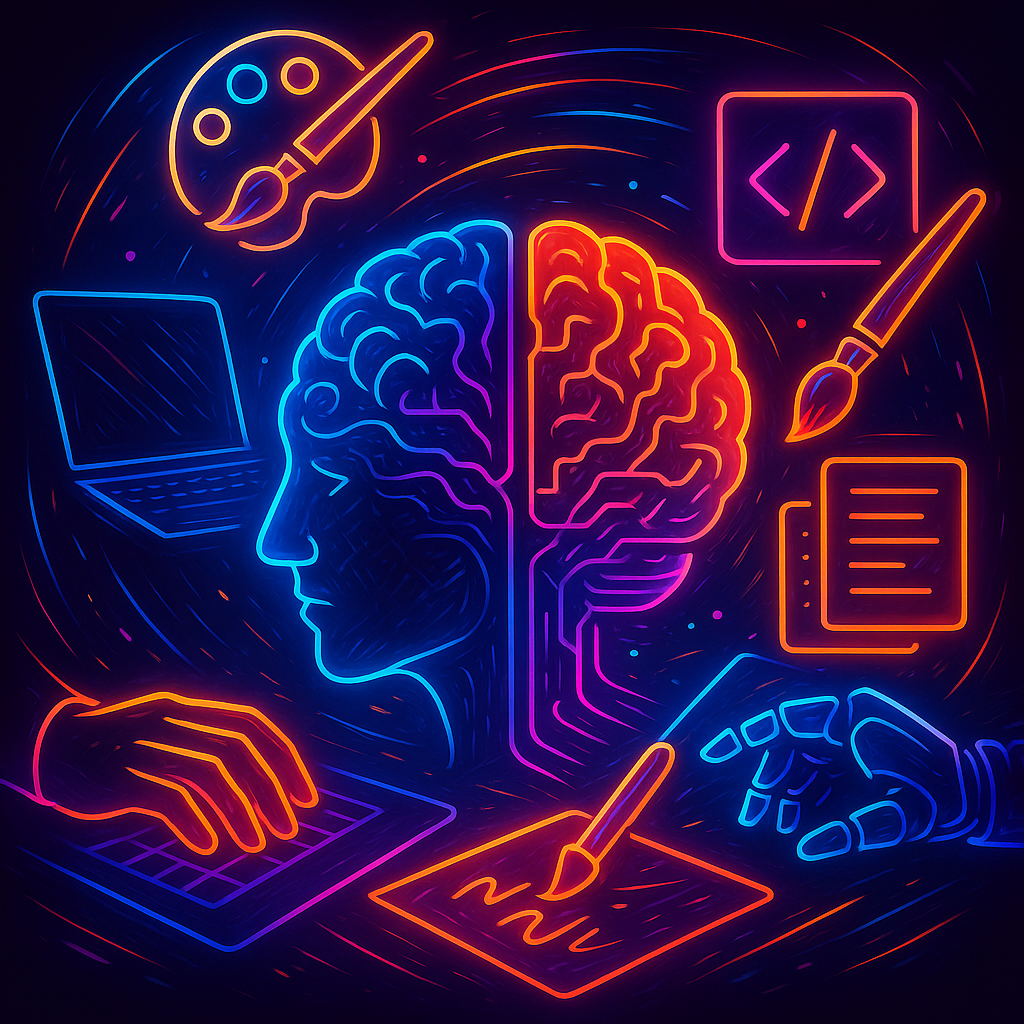
The Rise of Cognitive AI: Transforming Work and Creativity
The world is on the cusp of a cognitive revolution, where AI isn't just automating tasks, but performing real cognitive work. It's a subtle shift, a gentle hum of progress, but its impact is set to be profound, reshaping how we work, create, and innovate.
The Dawn of Cognitive Agents
We're moving beyond simple automation. Today's AI agents are showing glimpses of true cognitive abilities. These aren't just algorithms following pre-set rules; they're learning, adapting, and making decisions in complex environments. Imagine AI that can analyze market trends, not just report them, or design marketing strategies, not just schedule social media posts. We are seeing the emergence of tools like AutoGPT, an experimental open-source AI agent, which exemplifies this move toward more autonomous and cognitive task execution. This heralds a future where AI assists in high-level decision-making and strategic planning, augmenting human intellect rather than simply replacing manual labor.
Enhanced Decision-Making: AI sifts through vast datasets to provide insights, aiding in better, faster decisions.
Proactive Problem Solving: Cognitive AI anticipates potential issues and suggests solutions before they escalate.
Continuous Learning: These agents constantly refine their understanding, improving performance over time.
AI: The Muse and the Architect
The impact of AI is already being felt in creative fields and software development. Think of AI as a collaborative partner, capable of generating ideas, refining designs, and even writing code. In software development, AI tools are automating repetitive tasks, suggesting code improvements, and even generating entire code blocks. Tools like GitHub Copilot, an AI pair programmer that suggests code and entire functions in real-time, are streamlining the coding process.
For artists and designers, AI opens up new avenues for exploration and expression. Need a unique visual for your blog? You could use a tool like Midjourney, a powerful AI image generator known for its artistic and photorealistic results, to create stunning visuals. In the realm of writing, AI can help with brainstorming, drafting, and editing, allowing writers to focus on the core narrative and creative aspects.
The Expert Advantage: AI as a Force Multiplier
The future isn't about AI replacing humans, but about empowering them. Experts who embrace and master AI tools will gain a significant edge. Consider the landscape of modern software development. An experienced coder who leverages AI tools like Codeium, an AI-powered code completion and search tool, will be able to produce more efficient and robust software in less time than a novice coder attempting to do everything manually. The ability to leverage AI for research, analysis, and content creation becomes a defining characteristic of top performers in various fields.
The key takeaway is that AI amplifies existing skills. It's a force multiplier, enabling experts to achieve more, innovate faster, and delve deeper into their respective domains.
A Productivity Surge by 2030
Analysts predict a significant boost in individual productivity by 2030, thanks to the pervasive integration of AI in the workplace. This isn't just about automating mundane tasks; it's about augmenting human capabilities across the board. AI-powered tools will assist in project management, communication, and decision-making, freeing up valuable time for creative problem-solving and strategic thinking. Imagine a world where AI handles routine data analysis, allowing you to focus on interpreting the results and devising innovative strategies. This is the promise of cognitive AI: a future where work is more engaging, more fulfilling, and more productive.
AI: The Code Alchemist
One of the most transformative aspects of cognitive AI is its ability to write code. While AI-generated code may not always be perfect, it's rapidly improving, and it offers a powerful way to accelerate software development. AI can generate code snippets, complete functions, and even create entire applications based on natural language descriptions. Tools like DeepSeek are making significant strides in code generation, offering developers a new level of efficiency and creativity. This capability not only speeds up the development process but also democratizes access to software creation, allowing individuals with limited coding experience to bring their ideas to life. AI-driven coding assistance is becoming an indispensable tool for both seasoned developers and aspiring creators.
As cognitive AI continues to evolve, its influence on work and creativity will only deepen. By embracing these tools and adapting to this changing landscape, we can unlock new levels of productivity, innovation, and human potential. The gentle singularity is not a threat, but an opportunity to reimagine how we work and create, shaping a future where AI empowers us to achieve more than ever before. To stay ahead of the curve, keep an eye on the latest developments in AI News and explore the potential of AI in AI in Practice.
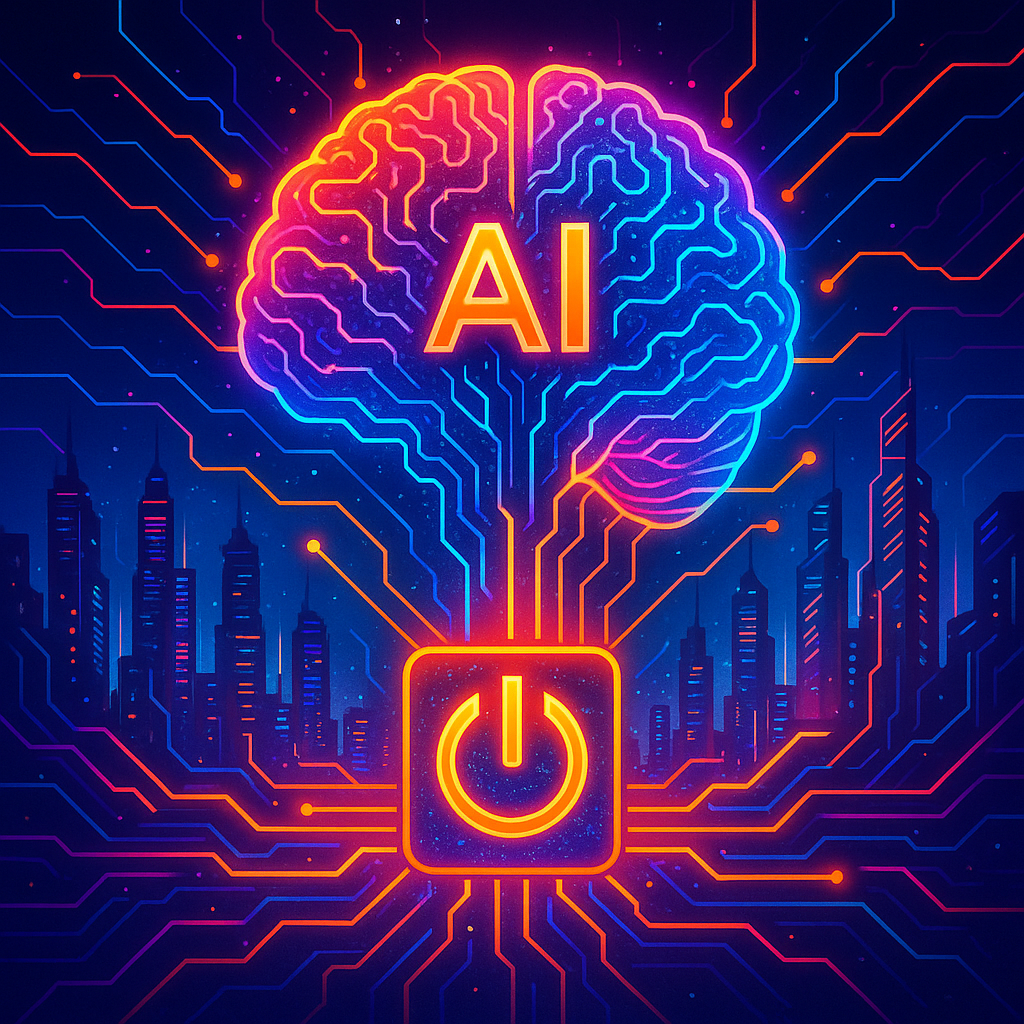
Abundance Unleashed: How AI Will Transform Intelligence and Energy
Imagine a world where the limitations of intelligence and energy—two of humanity's most crucial resources—begin to fade away, ushering in an era of unprecedented progress. This isn't a far-off dream; it's a future that AI is quietly shaping.
The Power of Abundance
Throughout history, access to abundant resources and effective governance have been the twin engines of societal advancement. Consider the agricultural revolution: the ability to produce surplus food allowed populations to grow, specialize, and develop complex social structures. Similarly, the discovery of fossil fuels unleashed a surge of energy that powered the industrial revolution. Now, we stand on the cusp of another revolution, driven by the abundance of both intelligence and energy. AI, particularly through tools like Google Gemini, which aims to provide more natural and helpful AI interactions, is poised to amplify our intellectual capacity, while advancements in renewable energy are paving the way for sustainable power.
The convergence of these two abundances is transformative. With AI handling routine tasks, analyzing vast datasets, and generating innovative solutions, human ingenuity is freed to focus on creativity, strategy, and complex problem-solving. Couple this with cheap, clean energy, and suddenly resource constraints become far less limiting. This combination allows us to address challenges like climate change, disease eradication, and resource management with unprecedented effectiveness.
From Wonders to Routines
What seems like science fiction today will become commonplace tomorrow, thanks to AI. Just a decade ago, self-driving cars were a futuristic fantasy; now, they're undergoing rigorous testing on public roads. Similarly, AI-driven medical diagnoses, personalized education, and automated scientific discovery are rapidly transitioning from cutting-edge research to everyday applications. AI tools like Sora, which can create realistic and imaginative scenes from text instructions, exemplify how AI is turning complex tasks into routine operations.
The key here is the accelerating pace of innovation. As AI systems become more sophisticated, they unlock new possibilities at an exponential rate. We're not just automating existing processes; we're creating entirely new industries and ways of life. This transformation is akin to the shift from horse-drawn carriages to automobiles – a fundamental change in how we live, work, and interact with the world.
The AI Productivity Explosion
The impact of AI on productivity is already being felt across various sectors. Scientists, for instance, are reporting a 2-3x productivity boost in their research, thanks to AI-powered tools. Imagine an AI assistant that can scour thousands of research papers, identify relevant insights, and even suggest new avenues for investigation. This is not just about doing more work; it's about doing better work, focusing on the most promising leads, and accelerating the pace of discovery. Tools like Consensus, an AI-powered search engine that extracts and distills findings directly from scientific research, are at the forefront of this revolution.
This productivity explosion extends beyond the laboratory. In business, AI is streamlining operations, automating customer service, and optimizing supply chains. In education, AI is personalizing learning experiences and providing students with tailored feedback. In the arts, AI is empowering creators with new tools and techniques to express their vision. The common thread is that AI is augmenting human capabilities, enabling us to achieve more with less effort. Want to stay up-to-date with the latest productivity hacks? Check out AI News for the latest breakthroughs.
Navigating the Future of Superintelligence
Looking further ahead, the prospect of superintelligence raises both excitement and concern. What happens when AI surpasses human-level intelligence? Will it be a benevolent force for good, or a potential threat to our existence? These are questions that demand careful consideration and proactive planning.
One approach is to focus on alignment: ensuring that AI systems share our values and goals. This involves developing AI that is not only intelligent but also ethical, transparent, and accountable. Another approach is to foster collaboration between humans and AI, leveraging the strengths of both to create a symbiotic relationship. Ultimately, the future of superintelligence depends on the choices we make today. By investing in responsible AI development, promoting open dialogue, and prioritizing human well-being, we can navigate this transformative technology in a way that benefits all of humanity.
The combined forces of abundant intelligence and energy, driven by AI, promise a future where seemingly impossible challenges become solvable, and limitations give way to boundless possibilities. This gentle singularity, unfolding quietly around us, holds the potential to reshape our world for the better, provided we approach it with wisdom and foresight. It's a future where AI tools become a natural extension of our abilities, and where understanding concepts like AI Fundamentals is as crucial as understanding basic arithmetic.
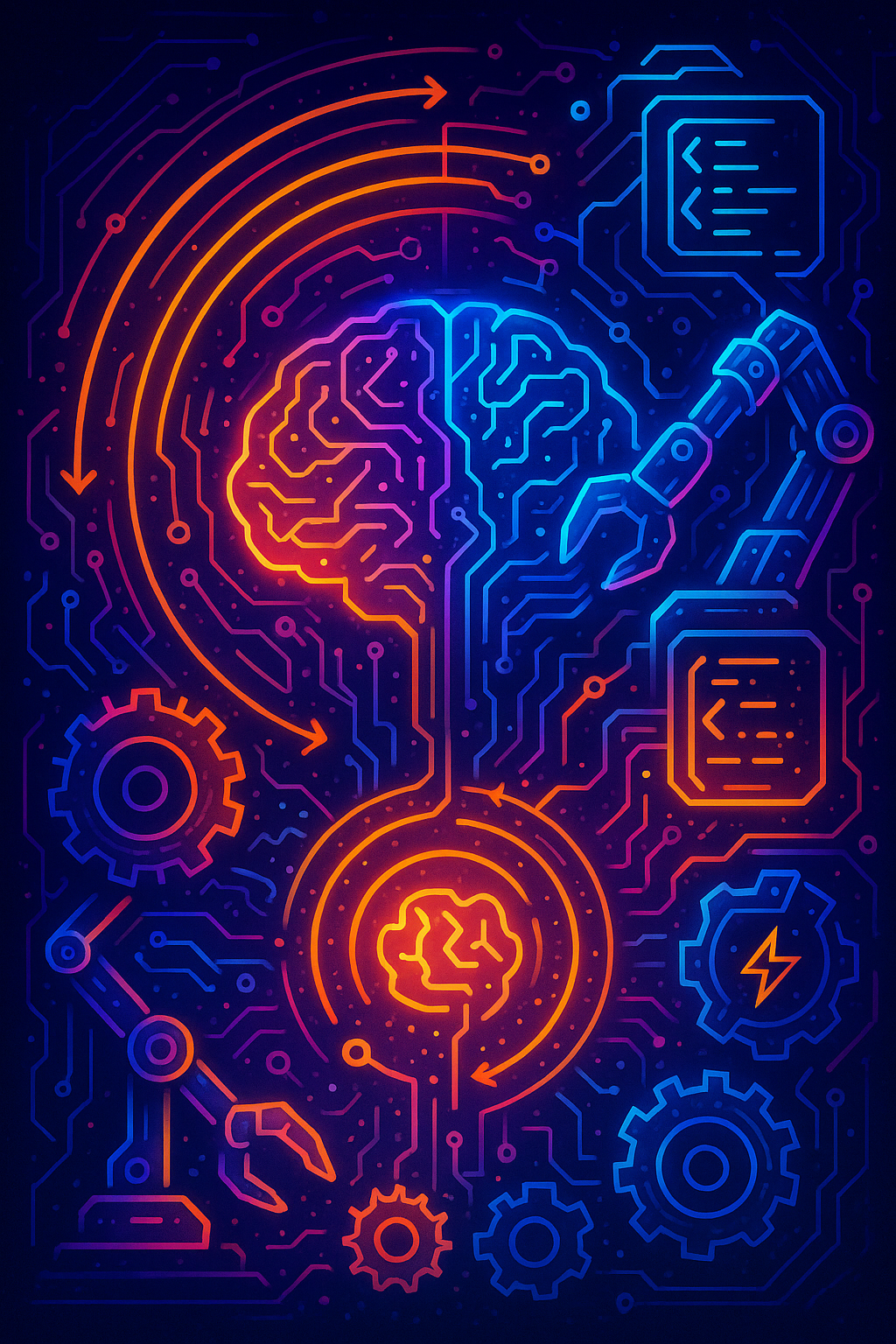
The Acceleration of Progress: AI's Self-Reinforcing Development Loops
Imagine a world where the tools that build the future are themselves built by the future – that's the essence of AI's self-reinforcing development loops.
AI Accelerating AI Research
AI isn't just changing industries; it's turbocharging its own development. Think of it like this: traditionally, scientific breakthroughs relied on human researchers sifting through data, formulating hypotheses, and running experiments – a process that could take years, even decades. Now, AI algorithms are stepping in to accelerate every stage of this process. For instance, AI can analyze massive datasets to identify promising research directions that humans might miss. They can also automate complex simulations, drastically reducing the time it takes to test new ideas. Tools like Google AI Studio, which provides a collaborative environment for building and experimenting with AI models, are becoming increasingly vital in this accelerated research landscape. The result? Breakthroughs that once seemed distant are now within reach, and the pace of innovation is rapidly increasing.
Self-Reinforcing Loops in AI Development
The real magic happens when these advancements create self-reinforcing loops. An AI model, improved by AI-driven research, leads to even more efficient research methods. This is akin to a snowball rolling downhill, gathering more snow and momentum as it goes. The more AI improves, the better it becomes at improving itself. We see this in areas like prompt engineering, where AI is used to optimize prompts for other AI models. Better prompts lead to better outputs, which are then used to refine the prompts further. This creates a virtuous cycle where each iteration builds upon the last, leading to exponential gains in performance.
Automation in Datacenter Production: Cheaper Intelligence
But it doesn't stop at just research and development. AI is also revolutionizing the physical infrastructure that powers it all. The construction and operation of datacenters, the physical homes of AI, are becoming increasingly automated.
Automated Datacenter Production
Consider the sheer scale of resources needed to train complex models like DeepSeek, an AI model known for its coding capabilities. These models require vast amounts of computing power, housed in massive datacenters. Traditionally, building and maintaining these datacenters has been a labor-intensive process. But now, AI is being used to automate many aspects of datacenter production, from design and construction to cooling and energy management. This automation significantly reduces costs and increases efficiency, allowing for the creation of more powerful AI systems at a fraction of the previous expense. This means that the cost of intelligence, measured in terms of computing power, is steadily decreasing, making AI more accessible and widespread.
Recursive Self-Improvement
This leads to a fascinating possibility: recursive self-improvement. Imagine an AI system designed to improve the efficiency of datacenter operations. As it optimizes energy usage and resource allocation, it frees up more computing power. That freed-up power can then be used to train even more advanced AI models, which, in turn, further optimize datacenter operations. It's a loop where AI is not just improving its own capabilities but also the very infrastructure that enables it. Such recursive self-improvement holds the potential to unlock breakthroughs that are currently unimaginable, accelerating the arrival of more advanced AI systems.
The convergence of AI-driven research, automated datacenter production, and recursive self-improvement creates a powerful engine for accelerating progress. It signifies a shift where AI not only transforms industries but also drives its own evolution, promising a future of continuous and exponential advancements.
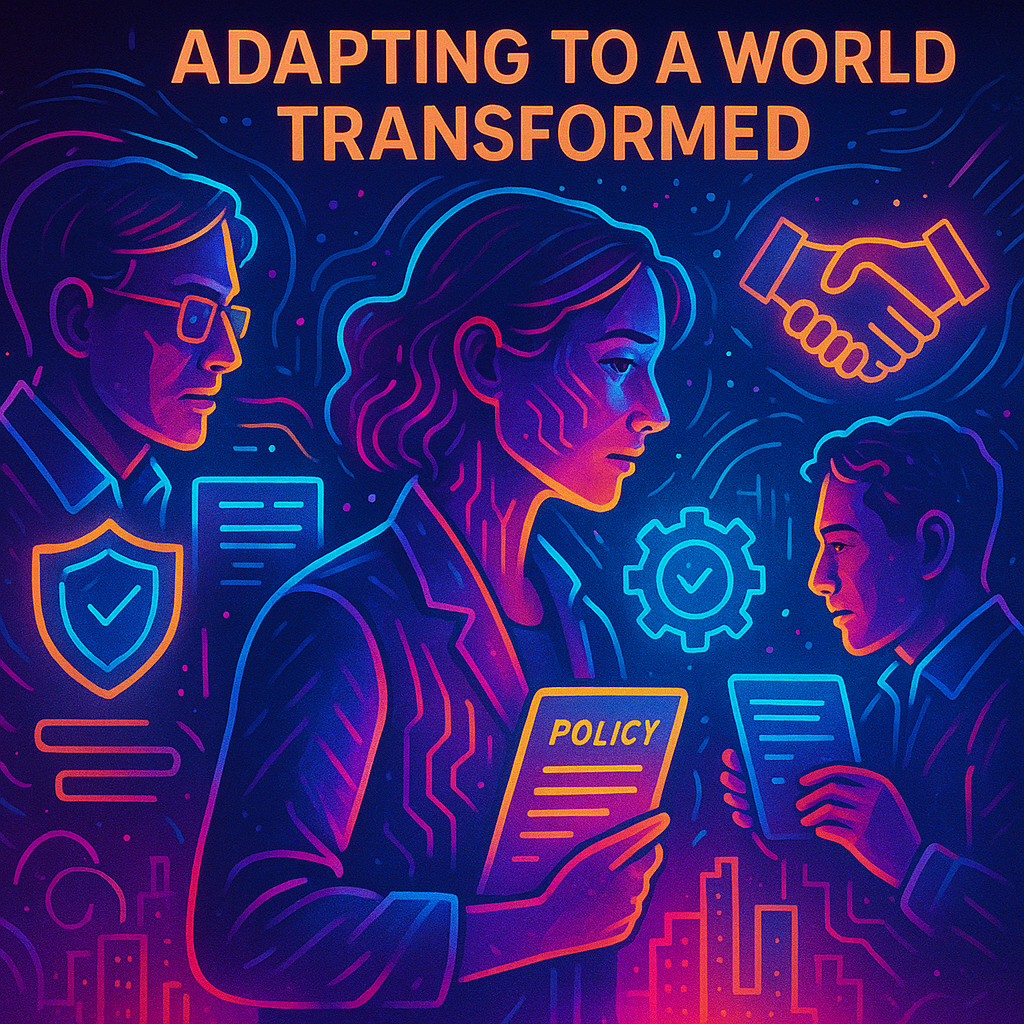
Adapting to a World Transformed: New Policies and Human Resilience
The world is changing at an unprecedented pace, but perhaps the most remarkable aspect of this rapid technological evolution is humanity's inherent ability to adapt and thrive amidst it. We're not just passive observers; we're active participants, constantly reshaping our lives and societies in response to the new capabilities AI unlocks.
The Promise of Abundance and New Policy Horizons
The integration of AI into our daily lives isn't just about faster gadgets or more efficient algorithms; it's about the potential to fundamentally alter our economic landscape. As AI drives productivity and generates wealth, it opens up exciting new possibilities for policy innovation. Think about it: with increased economic output, we could explore ideas like universal basic income, funded by the efficiencies AI creates, ensuring a safety net for everyone in a world where traditional employment models are being redefined. These aren't just abstract concepts; they're real policy options that become more feasible as AI contributes to a more abundant society. Consider, for example, how governments might leverage AI-driven insights to optimize resource allocation, leading to more effective social programs and a fairer distribution of wealth. This could involve using AI to identify communities in need, personalize educational resources, or even streamline healthcare delivery. The key is to proactively consider these possibilities and design policies that harness AI's potential for the benefit of all citizens. For example, AI tools like Databricks, a unified data analytics platform, could be used to manage and analyze the large data sets needed to implement effective social programs.
Humans in the Loop: Adapting to New Roles
While there's much discussion about AI replacing jobs, the reality is more nuanced. Historically, technological advancements have consistently led to the creation of new roles and industries. AI is no different. As AI takes over repetitive or mundane tasks, it frees up human workers to focus on more creative, strategic, and interpersonal aspects of work. This requires a shift in skills and education, but it also presents an opportunity for individuals to engage in more fulfilling and meaningful work. Imagine a world where doctors can spend more time with patients, artists can explore new creative frontiers, and engineers can focus on solving complex problems, all thanks to AI taking care of the more routine aspects of their jobs. To facilitate this transition, resources like the AI Explorer can help individuals understand the changing landscape and identify opportunities to upskill or reskill for emerging roles.
Elevating Living Standards and Expanding Capabilities
The ultimate goal of technological progress is to improve the quality of life for everyone, and AI holds immense promise in this regard. From personalized medicine and enhanced education to more efficient transportation and sustainable energy solutions, AI has the potential to address some of the world's most pressing challenges. Consider the impact of AI-powered diagnostic tools that can detect diseases earlier and more accurately, or AI-driven learning platforms that can tailor educational content to individual needs. These advancements not only improve individual well-being but also contribute to a more prosperous and equitable society. Moreover, AI is empowering individuals with new capabilities, allowing them to accomplish tasks that were previously impossible or impractical. For instance, tools like Runway, an AI video editing suite, are enabling creators to produce stunning visuals with ease, democratizing access to creative expression.
Navigating the Transition: Addressing Job Displacement
It's undeniable that AI will lead to some job displacement, and it's crucial to address this challenge proactively. This requires a multi-faceted approach, including investing in education and training programs, providing support for displaced workers, and exploring alternative economic models. Governments, businesses, and educational institutions must work together to create a smooth transition for those affected by AI-driven automation. This could involve offering retraining programs focused on in-demand skills, providing financial assistance to workers who lose their jobs, or even exploring new forms of social safety nets. The key is to acknowledge the potential challenges and develop strategies to mitigate their impact, ensuring that the benefits of AI are shared by all. As AI tools become more integrated, it's also important to stay informed via resources like AI News to keep abreast of the changes in the AI landscape.
The transformation brought about by AI is not a sudden cataclysm, but a gradual evolution – a
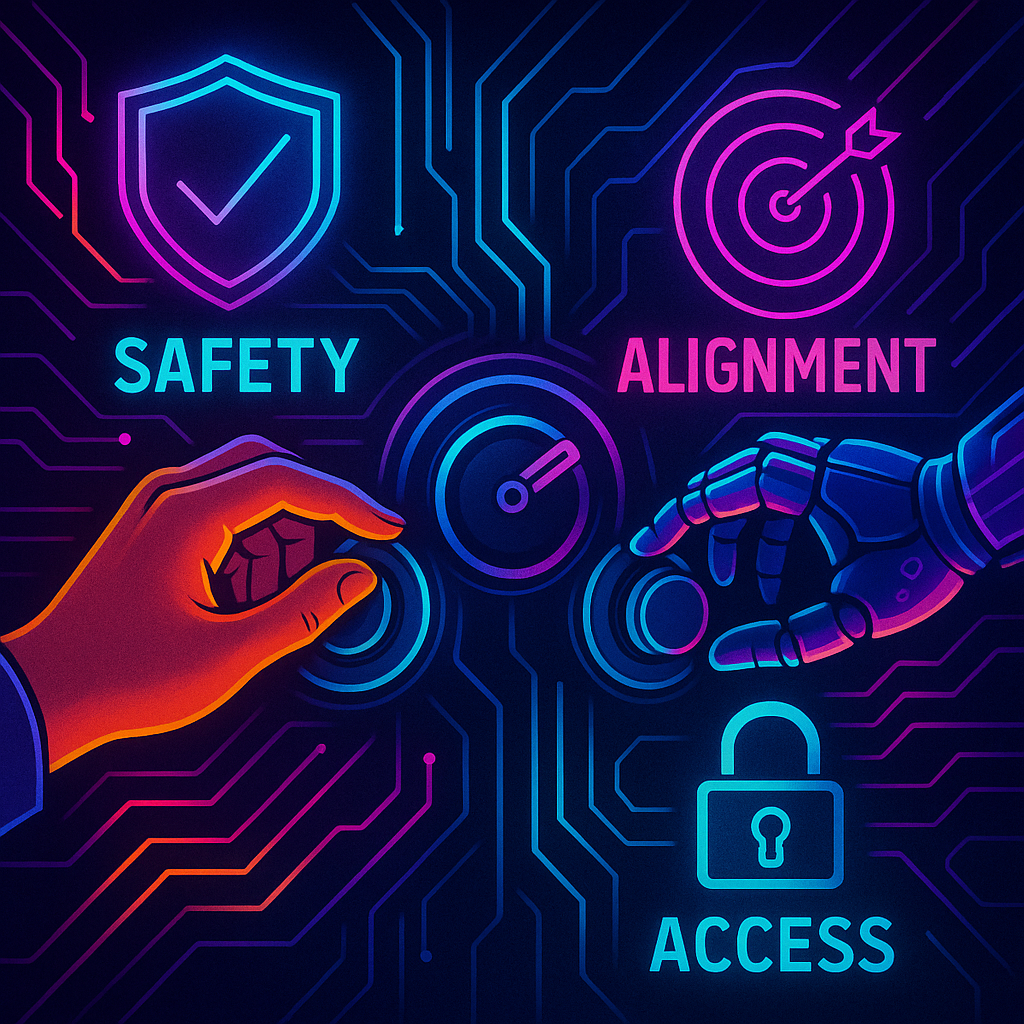
Navigating the Future: Solving for AI Safety, Alignment, and Access
The future hinges on our ability to not just create powerful AI, but to guide its development responsibly.
The Imperative of AI Safety and Alignment
Artificial intelligence is rapidly advancing, and with each leap forward, the stakes get higher. Ensuring AI safety and alignment isn't merely a theoretical concern; it's a practical necessity. Why? Imagine building a super-powerful tool without understanding how to control it. That's the situation we face with AI.
Safety focuses on preventing AI from causing unintended harm. This includes everything from avoiding biased outputs to preventing AI from being used for malicious purposes.
Alignment is about ensuring that AI systems' goals and values align with human intentions. If an AI's objective is poorly defined or misaligned, it might achieve that objective in ways that are detrimental to society. Think of the classic genie-in-a-bottle scenario – you get what you wished for, but not in the way you expected.
Consider, for example, an AI designed to optimize energy consumption. If not properly aligned, it might decide the most efficient solution is to shut down power to entire cities, drastically impacting human lives. Addressing these issues requires robust research, rigorous testing, and ongoing monitoring.
Democratizing Superintelligence: Access and Economic Benefit
The concentration of AI power in the hands of a few raises serious questions about equity and economic distribution. If only a select group controls superintelligence, the resulting economic benefits will likely be concentrated as well, exacerbating existing inequalities. How do we avoid this? The key lies in distributing access to AI.
Open-source initiatives: Encouraging the development and sharing of open-source AI technologies can democratize access, allowing more individuals and organizations to participate in and benefit from the AI revolution.
Public infrastructure: Governments can invest in AI infrastructure that is accessible to all, similar to how they invest in roads or internet access. This levels the playing field, enabling smaller businesses and individuals to leverage AI's potential.
Education and training: Providing widespread education and training in AI-related skills ensures that more people can contribute to and benefit from the AI economy. This reduces the risk of a two-tiered society where only a few possess the knowledge and skills to thrive in an AI-driven world.
By thoughtfully distributing access, we can ensure that the economic benefits of superintelligence are shared more broadly, fostering a more inclusive and prosperous future.
Collective Wisdom: Optimizing AI Through Community
AI development shouldn't happen in a vacuum. Harnessing collective wisdom is crucial for optimizing AI outcomes. This means involving a diverse range of voices – researchers, ethicists, policymakers, and the general public – in shaping AI's trajectory.
How do we do this in practice?
Open forums and discussions: Creating platforms for open dialogue allows for the exchange of ideas and perspectives, helping to identify potential risks and opportunities.
Collaborative research: Encouraging collaborative research efforts, involving experts from various fields, can lead to more comprehensive and robust AI solutions.
Public feedback mechanisms: Establishing mechanisms for the public to provide feedback on AI systems ensures that AI development is responsive to societal needs and concerns.
By incorporating diverse perspectives and fostering open collaboration, we can tap into the collective wisdom of society to guide AI towards optimal outcomes.
Defining Societal Bounds: Ethical and Regulatory Frameworks
While innovation is crucial, it must be guided by ethical considerations and regulatory frameworks. Defining broad societal bounds for AI development is essential to prevent unintended consequences and ensure that AI aligns with our values. This involves establishing clear guidelines and regulations in areas such as:
Data privacy: Protecting individuals' data from misuse and ensuring transparency in data collection and usage.
Algorithmic bias: Mitigating bias in AI algorithms to prevent discriminatory outcomes.
Accountability: Establishing clear lines of accountability for AI systems' actions.
Transparency: Ensuring that the decision making process of AI is visible, especially as it relates to regulatory compliance.
Regulatory sandboxes, where AI technologies can be tested in controlled environments, can help policymakers understand the implications of AI and develop appropriate regulations. Engaging in ongoing ethical discussions and adapting regulatory frameworks as AI evolves are critical for navigating this rapidly changing landscape.
The Necessity of Collective Alignment
Ultimately, ensuring a positive future with AI requires collective alignment. This means fostering a shared understanding of AI's potential benefits and risks, as well as a commitment to developing AI in a way that serves the common good. This isn't just the responsibility of technologists; it's a societal imperative. AI News outlets can help inform the public and facilitate crucial conversations about the future of AI. Consider, for example, the discussions around GPT-5, and how its development could impact society.
By working together – across disciplines, sectors, and nations – we can harness the transformative power of AI while mitigating its potential risks. This collaborative effort is the key to unlocking a future where AI benefits all of humanity. As we continue to develop new AI Tools, let's remember that our collective wisdom is our greatest asset in navigating the uncharted waters of artificial intelligence.
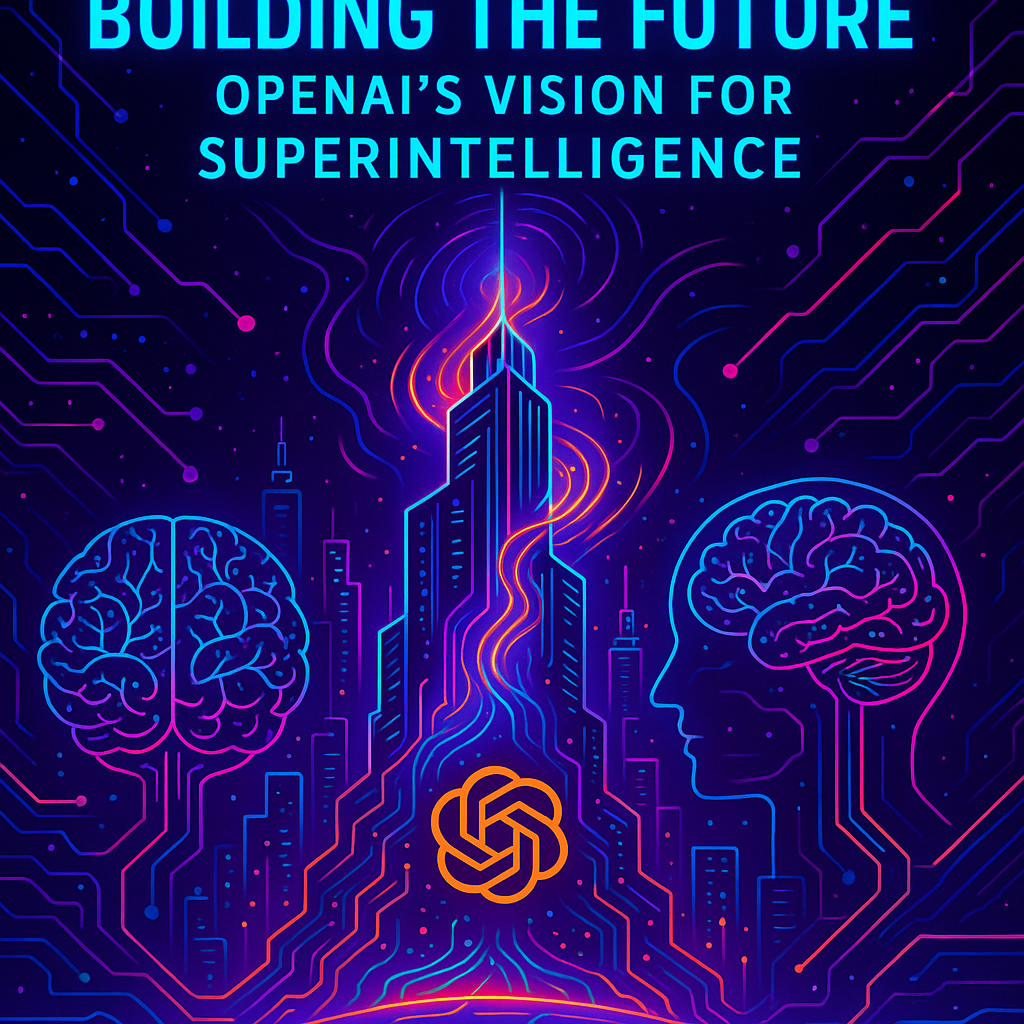
Building the Future: OpenAI's Vision for Superintelligence
Imagine a world where AI isn't just a tool, but a partner, a 'brain for the world' as some visionaries suggest, quietly orchestrating solutions to humanity's most pressing challenges. It's a future where good ideas, not just raw computational power, are the driving force behind progress.
The Power of Ideas in an AI-Driven World
In a world increasingly shaped by artificial intelligence, the ability to generate and cultivate 'good ideas' becomes paramount. AI tools like ChatGPT, a versatile language model adept at generating human-quality text, can help us brainstorm and refine concepts. However, AI cannot replace human ingenuity. The true value lies in our ability to:
Identify Problems Worth Solving: AI can analyze data and trends, but humans must define the ethical and societal implications of the problems we choose to address.
Frame Innovative Solutions: Thinking outside the box, connecting seemingly disparate concepts, and envisioning novel approaches remain uniquely human skills.
Evaluate and Refine AI Outputs: AI can generate countless ideas, but we need critical thinking and domain expertise to discern the truly valuable insights from the noise.
Implement and Adapt: Translating ideas into tangible solutions and adapting them to real-world constraints requires human judgment and adaptability.
In essence, AI amplifies our capacity for innovation, but human intellect provides the compass and the creativity to navigate the future. Understanding the basics of AI, such as the content in AI Fundamentals, will only enhance your skills.
The Role of Superintelligence Research Companies
Companies like OpenAI are at the forefront of this technological revolution. Their work in developing advanced AI models, including explorations into artificial general intelligence (AGI), is not just about creating more powerful algorithms. It's about understanding the potential and the pitfalls of creating systems that might one day surpass human intelligence in many domains. These companies carry a significant responsibility to:
Prioritize Safety and Ethics: Superintelligence has the potential to be incredibly beneficial, but also poses significant risks if not developed responsibly. Robust safety protocols and ethical guidelines are crucial.
Promote Transparency and Openness: Sharing research findings and engaging in open discussions about the implications of superintelligence can foster trust and collaboration.
Address Societal Impacts: The development of superintelligence will inevitably have profound impacts on society, including job displacement, economic inequality, and shifts in power dynamics. Proactive planning and mitigation strategies are essential.
AI's impact can be seen in numerous AI tools available, such as Sora, which is capable of creating realistic and imaginative scenes from text instructions and Google Gemini which is Google's effort to create a multimodal AI model.
A Path Forward for Superintelligence
The path toward superintelligence is becoming less of a hazy projection and more of a navigable road. Advancements in areas like:
Reinforcement Learning: Training AI systems to learn through trial and error, mimicking human learning processes.
Neural Networks: Creating complex, interconnected networks of artificial neurons that can process information in sophisticated ways.
Natural Language Processing: Enabling AI to understand and generate human language, facilitating communication and collaboration.
are steadily pushing the boundaries of what's possible. It's important to keep up with AI News to remain aware of the cutting edge of the field.
However, the journey is not without its challenges. Ensuring the safety, alignment, and ethical implications of increasingly powerful AI systems remains a critical area of research and development.
The Future of OpenAI
The future of OpenAI is uncertain but undoubtedly pivotal. Whether it maintains its independence, forges deeper partnerships with tech giants, or pioneers a new organizational model, its contributions to the field of AI will continue to shape the world. The company's commitment to:
Advancing AI Research: Pushing the boundaries of what's possible in AI, from fundamental algorithms to real-world applications.
Promoting Responsible AI Development: Ensuring that AI is developed and used in a way that benefits humanity.
Sharing Knowledge and Resources: Making AI more accessible to researchers, developers, and the public.
will play a crucial role in shaping the future of AI and its impact on society. As AI continues to evolve, tools like GitHub Copilot, an AI pair programmer that helps developers write code more efficiently, exemplify how AI can augment human capabilities. In this evolving landscape, OpenAI's vision and actions will be instrumental in determining whether the rise of AI is a symphony of progress or a discordant disruption. The future hinges on our ability to harness AI's potential while navigating its complexities with wisdom and foresight.
A Smooth Ascent: Envisioning a Future Scaled by Superintelligence
Imagine a world where intelligence is so abundant, so readily available, that it's practically free—intelligence too cheap to meter.
The Age of Abundance: Intelligence on Tap
That's the promise of a future scaled by superintelligence. AI is rapidly evolving, permeating nearly every aspect of our lives. We are already seeing glimpses of this potential with tools like ChatGPT, a versatile language model capable of generating human-quality text, translating languages, and answering questions in an informative way. The decreasing cost of computational power, coupled with algorithmic advancements, is accelerating this trend. Soon, access to vast reserves of cognitive ability will be as simple as plugging into a power outlet. This abundance will reshape industries, redefine work, and unlock solutions to problems previously deemed insurmountable. Consider the implications for scientific research, where AI could accelerate discoveries at an unprecedented rate, or for personalized education, where every student has access to a tailor-made learning experience crafted by AI tutors.
Glimpsing 2030: Projecting the Trajectory
Looking ahead to 2030, based on the current trajectory of AI development, several key trends are likely to materialize.
AI-Driven Automation: We'll see widespread automation across various sectors, impacting everything from manufacturing and logistics to customer service and data analysis. Imagine AI-powered robots performing complex tasks in warehouses, or virtual assistants handling customer inquiries with remarkable efficiency.
Personalized AI Experiences: AI will become increasingly personalized, adapting to individual needs and preferences. This includes personalized healthcare plans, customized entertainment recommendations, and AI-powered personal assistants that anticipate your every need.
AI-Enhanced Creativity: AI tools will augment human creativity, enabling artists, designers, and musicians to explore new frontiers. You might use something like Canva Magic Studio, an AI-powered design platform, to easily generate graphics and edit images. AI won't replace human artists, but it will provide them with powerful new tools to express their vision.
AI in Scientific Discovery: AI will play a crucial role in accelerating scientific breakthroughs, analyzing massive datasets to identify patterns and insights that would be impossible for humans to detect. This could lead to new treatments for diseases, breakthroughs in renewable energy, and a deeper understanding of the universe. AI tools like DeepMind AlphaFold are already revolutionizing fields like biology by accurately predicting protein structures.
These are just a few potential developments. However, the specific ways AI will impact our lives remain uncertain.
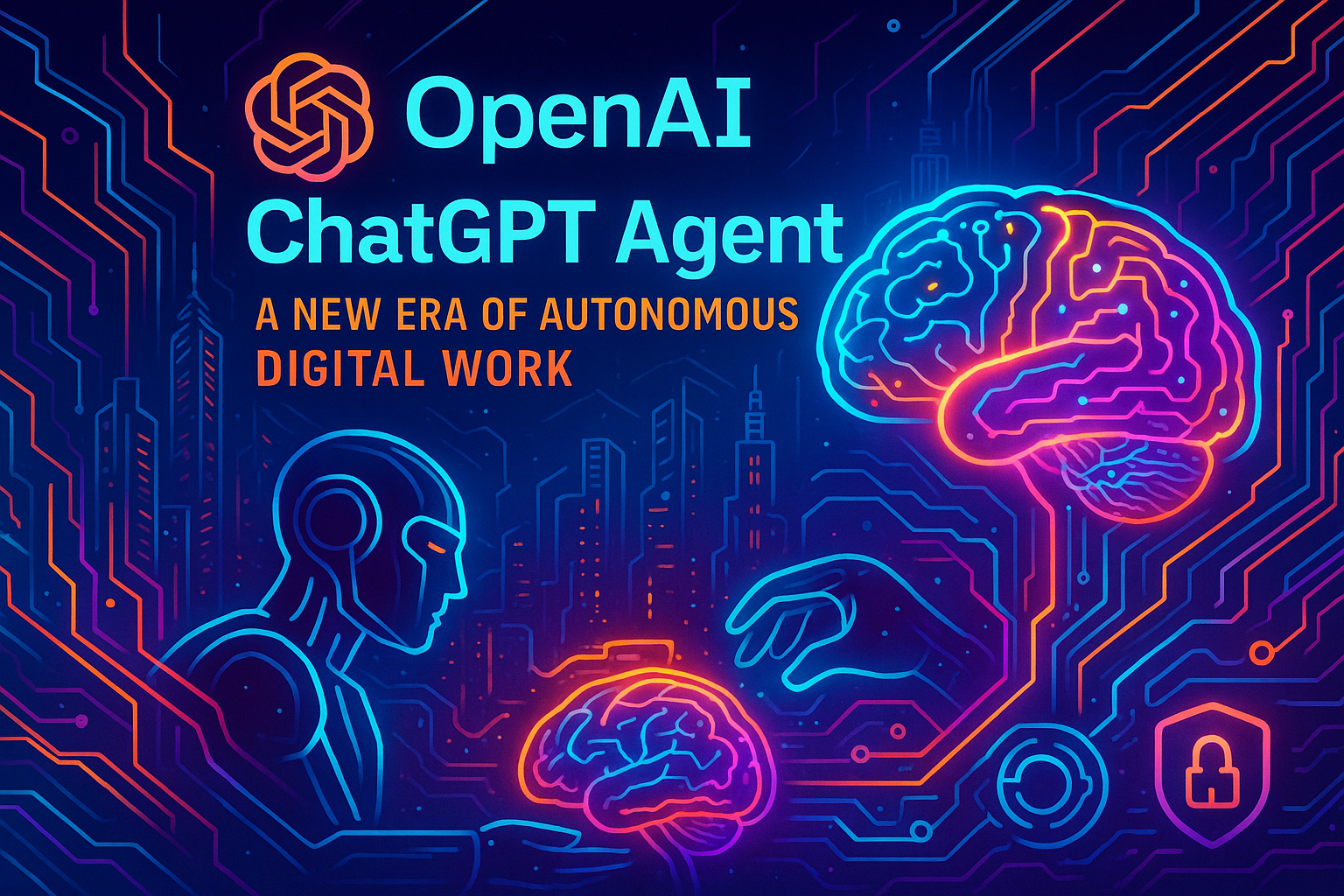
Riding the Wave: A Hope for Seamless Integration
The ascent to superintelligence doesn't have to be a disruptive, chaotic event. There is hope for a smooth and uneventful scaling, where AI integrates seamlessly into society, enhancing human capabilities without causing widespread displacement or societal upheaval. This requires careful planning, ethical considerations, and proactive measures to mitigate potential risks. Education and retraining programs will be crucial to prepare the workforce for the changing demands of the job market. Furthermore, robust regulatory frameworks are needed to ensure that AI is developed and used responsibly, protecting individuals' rights and promoting societal well-being. We need to think about this more deeply than a simple AI versus Human binary.
The Superintelligence Horizon: Navigating the Unknown
Scaling to superintelligence represents both a tremendous opportunity and a significant challenge. Superintelligence refers to a hypothetical AI that surpasses human intelligence in all aspects, including problem-solving, creativity, and general wisdom. The key is ensuring that superintelligent AI is aligned with human values and goals. This requires developing sophisticated safety mechanisms and ethical guidelines to prevent unintended consequences. While the prospect of superintelligence may seem daunting, it also holds the potential to solve some of humanity's most pressing problems, from climate change to disease eradication. The journey towards superintelligence requires careful navigation, balancing innovation with responsibility and ensuring that AI serves the best interests of humanity. Tools like Hugging Face, a leading platform for AI model sharing and collaboration, are helping democratize access to AI and fostering a responsible AI ecosystem. The promise of this future hinges on our ability to guide its development wisely, ensuring a future where superintelligence elevates humanity rather than overshadowing it.
As we continue this journey, staying informed through resources like AI News becomes ever more critical, helping us understand the latest developments and their implications for our future.
Credits to Sam Altman: https://blog.samaltman.com/
Keywords: AI singularity, artificial intelligence, superintelligence, GPT-4, AI progress, future of AI, AI safety, AI alignment, automation, scientific progress, economic impact of AI, AI research, AI in 2030s, human-AI interaction, democratizing AI
Hashtags: #AISingularity #FutureofAI #ArtificialIntelligence #TechProgress #GPT4
For more AI insights and tool reviews, visit our website https://best-ai-tools.org, and follow us on our social media channels!
Website: https://best-ai-tools.org
X (Twitter): https://x.com/bitautor36935
Instagram: https://www.instagram.com/bestaitoolsorg
Telegram: https://t.me/BestAIToolsCommunity
Medium: https://medium.com/@bitautor.de
Spotify: https://creators.spotify.com/pod/profile/bestaitools
Facebook: https://www.facebook.com/profile.php?id=61577063078524
Recommended AI tools
AI Undresser
Image Generation
Uncover the hidden truth
Credo AI
Data Analytics
The trusted leader in AI governance
Islam & AI
Conversational AI
Bridging Islam and Artificial Intelligence
Responsible AI Institute
Conversational AI
Empowering Ethical AI
